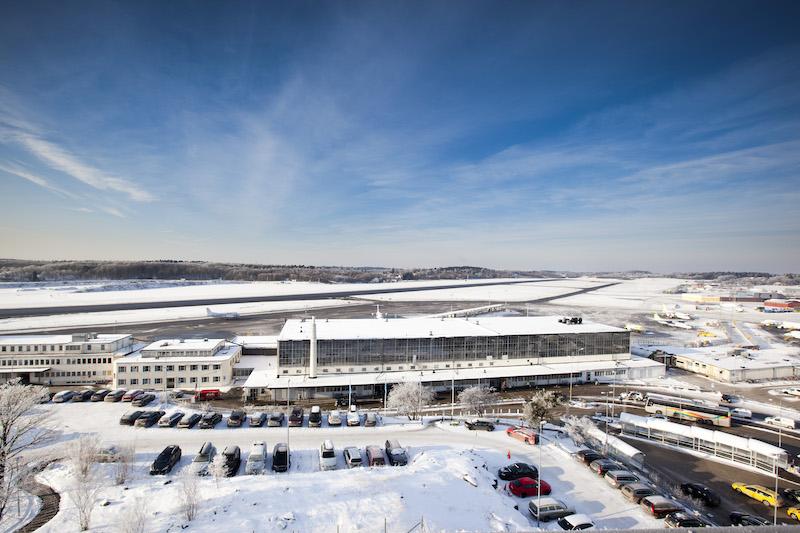SRA Warns Regional Air Routes In Sweden At Risk Following BRA-SAS Agreement

Stockholm Bromma Airport’s future is under threat as regional routes are cut.
Credit: Swedavia/Stockholm Bromma Airport
Several regional routes in Sweden are at risk of disappearing following Braathens Regional Airlines’ (BRA) decision to move flights from Stockholm Bromma Airport to Stockholm Arlanda Airport following its partnership with Scandinavian Airlines (SAS), according to Swedish Regional Airports (SRA). The...
Subscription Required
SRA Warns Regional Air Routes In Sweden At Risk Following BRA-SAS Agreement is published in Aviation Daily, an Aviation Week Intelligence Network (AWIN) Market Briefing and is included with your AWIN membership.
Already a member of AWIN or subscribe to Aviation Daily through your company? Login with your existing email and password
Not a member? Learn how to access the market intelligence and data you need to stay abreast of what's happening in the air transport community.





